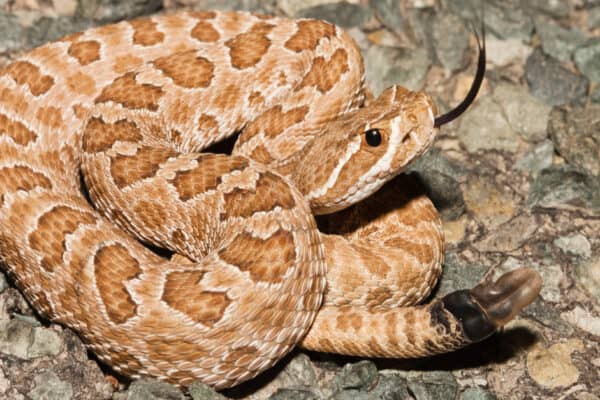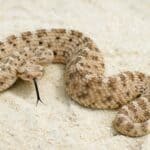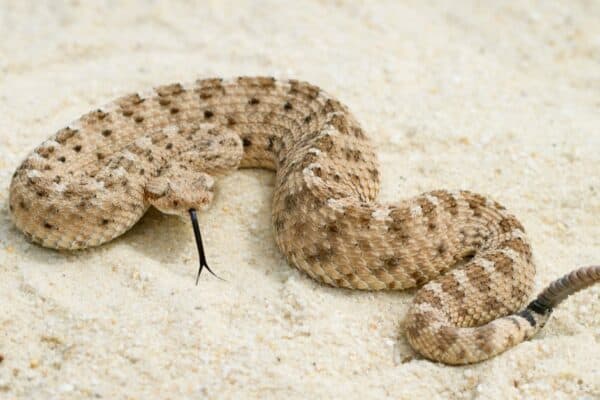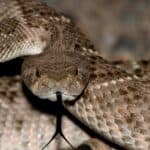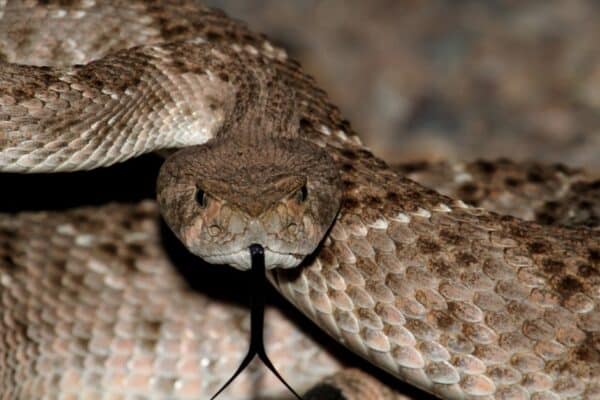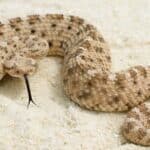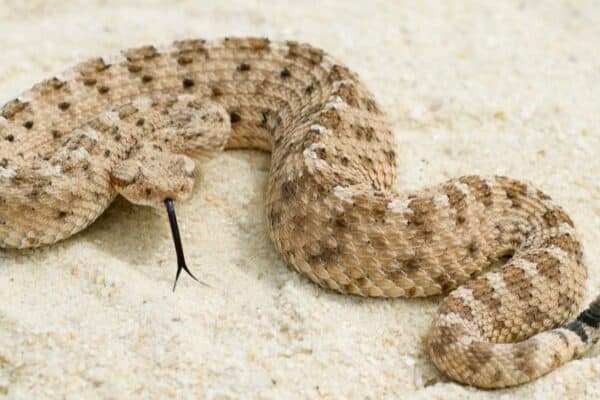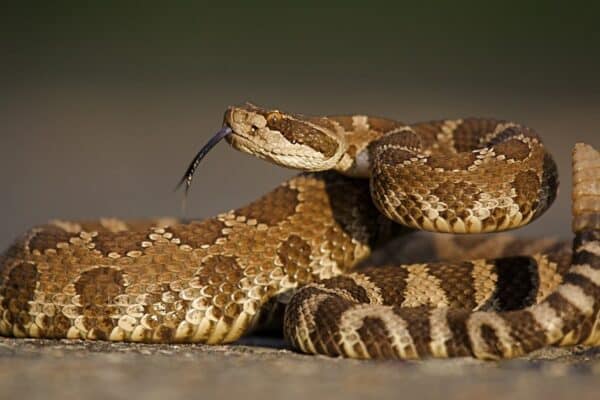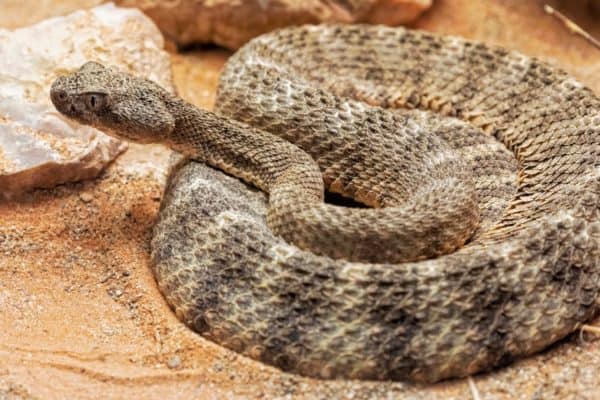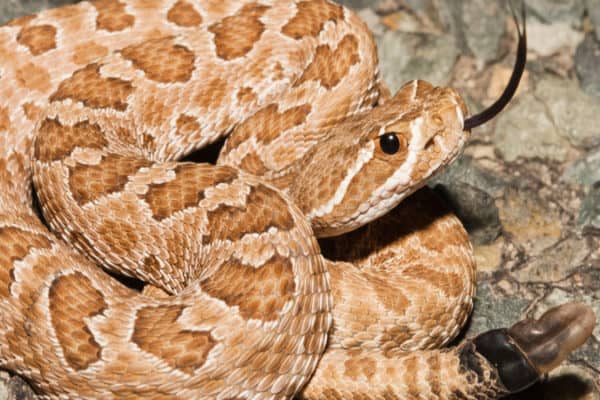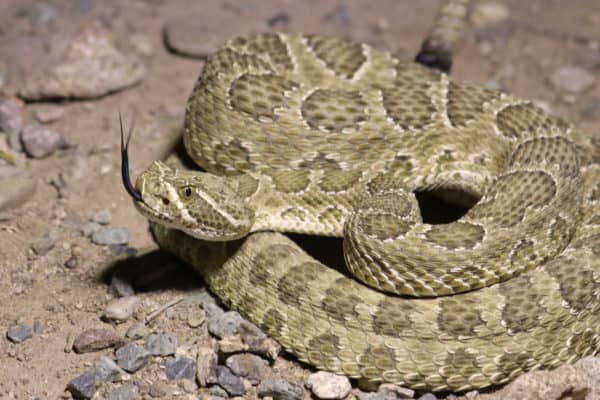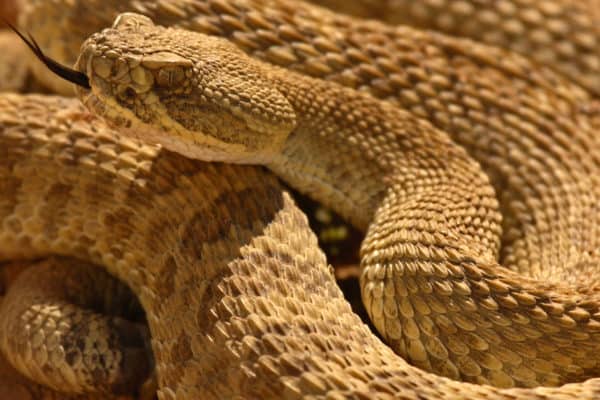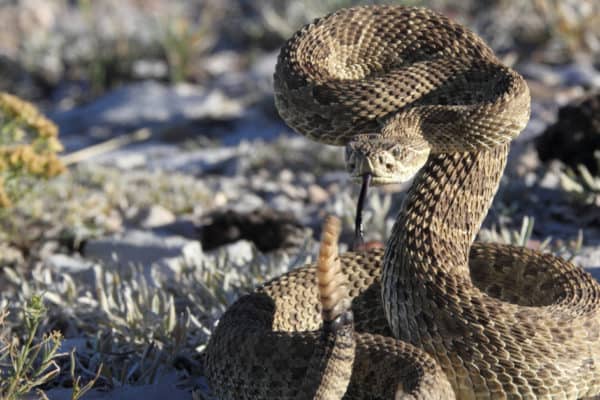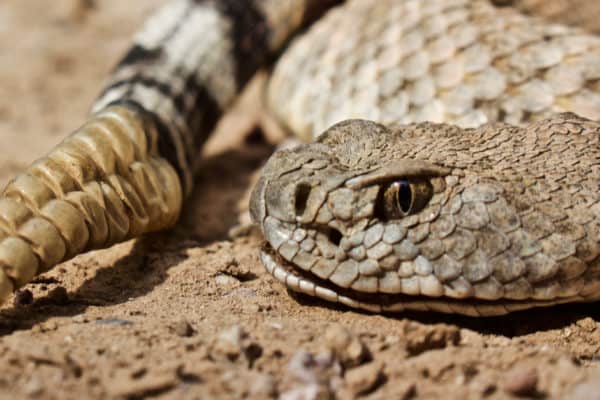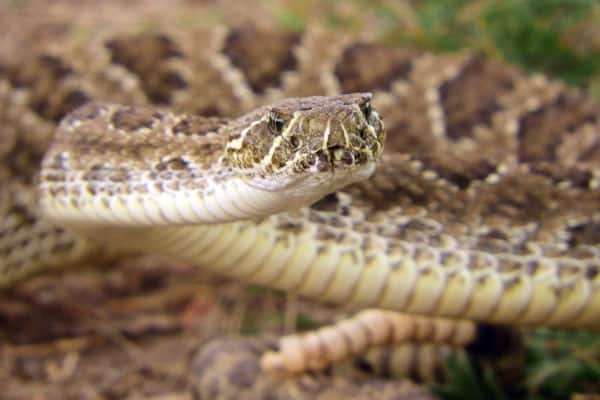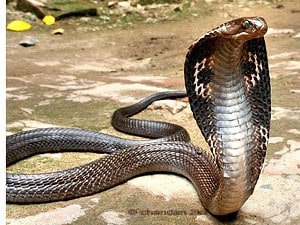Welcome to the Rattlesnake Quiz! The earth is home to many fascinating and distinctive animals, including rattlesnakes. The recognizable rattle of these poisonous snakes serves as a warning to possible predators or threats. Although rattlesnakes can be hazardous, they are also essential apex predators in their ecosystems. Y
our knowledge about rattlesnakes, including their appearance, habits, and habitats, will be put to the test in this quiz.
Let’s start now and test your knowledge of these amazing creatures!
All About Rattlesnake Venom
Rattlesnake venom is composed of a combination of neurotoxins and hemotoxins, although the latter predominates. Hemotoxins focus on tissues and blood and result in hemorrhaging and necrosis. Essentially, their venom is a complex blend of various chemical components.
The venom from pit vipers, including rattlesnakes, harms the surrounding tissue near the bite site. It can also cause alterations in blood cells, hinder the clotting of blood, and harm blood vessels which may result in leakage.
These modifications can lead to inner bleeding as well as to malfunction of vital organs such as the heart, lungs, and kidneys.
Furthermore. when biting, a snake releases venom underneath the skin or into the muscle of the affected limb (not directly into the bloodstream). The venom then spreads throughout the body via the lymphatic system. To enter the bloodstream, the venom must first be transported from the bite area through the lymphatic vessels.
Interesting Facts About Rattlesnakes
Similar to other snake species, rattlesnakes lack ears and are incapable of hearing many sounds. Instead, they detect motion through vibrations in the ground.
Their vision is adept in low-light environments. The triangular-shaped head of the rattlesnake has a cavity, known as a pit, positioned between the eyes and nostrils.
With that said, here are a few facts about rattlesnakes:
- The rattle of a rattlesnake is composed of keratin, which is the same protein found in hair and nails.
- A new segment is appended to the rattle each time a rattlesnake sheds its skin.
- The shedding rate can vary among rattlesnakes.
- Rattlesnakes are the biggest venomous snakes in the Americas.
- A single vial of rattlesnake antivenom can amount to up to $20,000 in cost.
- The muscles are responsible for the movement of a rattlesnake’s rattle contract around 50 times every second.
What is the Life Cycle of a Rattlesnake?
Male rattlesnakes reach sexual maturity around the age of 5, whereas females reach maturity between 7 to 10 years of age. Females breed every 3-4 years, and given their average lifespan of 16-22 years, they may only produce offspring a total of 3-5 times during their lifetime.
In fact, here are a few interesting details about the life cycle of a rattlesnake:
- Newly born Timber Rattlesnakes measure between 19 to 38 cm in length.
- Female Timber Rattlesnakes mature after 7-13 years and generally grow to be longer than 1 meter.
- These females only produce offspring once every 2-6 years.
- The Timber Rattlesnake has a lengthy lifespan, and some of its individuals are believed to survive for more than 30 years.





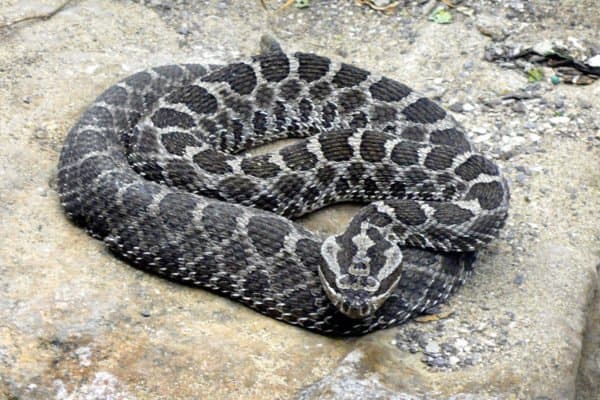
 Tim Vickers – Public Domain
Tim Vickers – Public Domain
